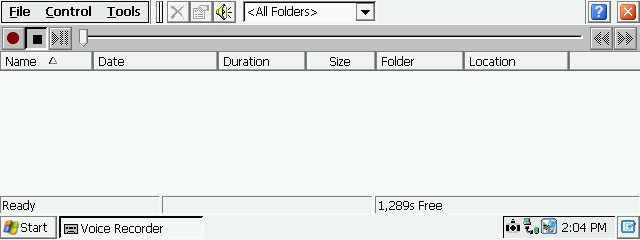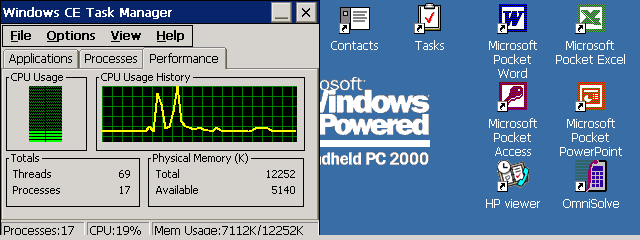The History of Windows CE:Windows CE 3Windows CE 3 heralded a substantial change in direction for the Windows Mobiledevice development teams. How to compress a pdf in illustrator. Microsoft took the decision with the release of WindowsCE 3. To create Embedded Operating System devices that would directly competewith the well long and established Palm OS based PDA's. This decision wouldsee a ground up redevelopment of the User Interface of Windows CE Palm-SizedPC devices, which were now to be called Pocket PC's.The new UI took the much marketed 'Familiarity' out of the Windows CE range.The Taskbar and Start Menu were removed, replaced with similar, but less obviouscomponents, and moved to a permanent home along the top of the display. TheFamiliar Windows UI was removed, instead opting for a flatter, more easily definedGUI.Microsoft also invested new functionality from the power of their new WindowsCE Cedar (CE3) core. New communication features and application layer supportwere added to extend the functionality of the old Palm-Sized PC's.
How to convert a pxl (Pocket Excel) file to xls (Desktop Excel) file programatically. Hi my question relates to a very specific requirement, I know that Activesync will do this automatically and I know that you can simply drag-and-drop a file backwards and forwards between the Pocket PC and the Desktop.

Windows Ce Pocket Excel Free
The changesfinally saw the delivery of Pocket Office onto the QVGA form factorThe primary goal for the new release was to move the appeal of Microsoft's portabledevice offerings beyond the general PDA user, and into new fields such as knowledgeworkers and mobile workers. Windows CE 3.0 - Pocket PC 2000Microsoft Pocket PC (Pocket PC 2000 as it later became known) was releasedto the public in April 2000, and was the first platform release made againstthe new Windows CE 3.0 core which itself would not be released to developersfor nearly two months. The Pocket PC program ran under the development codename Rapier, a type of sword Windows CE 3.0 - Handheld PC 2000While Microsoft were revolutionising their work on the HandheldPC's younger sister. The H/PC itself didn't quite undergo such arenaissance. The new Platform Builder provided the functionalityof the Windows CE 3 Core, as well as incorporating the various newtechnologies that had emerged during and since the CE 2.11 PlatformBuilder had been released.
Components such as Media Player, TerminalServer Client (RDP Client) appeared in the standard Clamshell devicebuild options. However the remaining updates were far from as illustriousas that of the Pocket PC.The Handheld PC 2000, or HPC2000 as it came to be known, was wellreceived by loyal HPC users, and by the companies who found theClamshell and Sub-Notebook form factors of benefit.

However HPC2000had failed to address many of the key issues that the End User hadwith the applications that were onboard.Aside from Pocket Internet Explorer, all the Platform Applications (Pocket Office,Terminal Server, Media Player etc.) were identical to those found in the H/PC3.0 Professional release of 1998. The release attempted to rebrand the applicationsinto line with the Office 2000 scheme, however the fact that it was nothingmore than a patched build quickly shone through.Despite this, the Windows CE 3.0 core accelerated the Handheld PC to a new levelof performance, opening up markets for new, high end and more demanding applications.The performance gains tied in with the new Microsoft strategy, which saw theH/PC as a tool for data management within companies and not as a consumer device.A clear shift in Microsoft's development policy of Windows CE was startingto emerge. OEM's producing the Handheld PC were starting to dwindle. Microsoftcentral marketing almost exclusively Pocket PC 2000 orientated, and internaldevelopment inside Microsoft Mobile for applications and enhancements beganto trail off by mid 2001.Windows CE 4 currently provides no light at the end of the tunnelfor the Handheld PC Operating System, at least as far as Microsoftis concerned. While developers can build a H/PC platform on thedevice (See ).
The key functionality that makes a HandheldPC a Personal Information Manager (PIM) and give it its distinctiveness(Pocket Office: Word, Excel, PowerPoint, Outlook, Access) are missing.This is a Windows CE 4 wide omission. It is important to reminderthat Windows CE development within Microsoft is not the same asMobile Device development.
They are two separate departments.
Open a CSV file in Pocket Excel? -One possible approach (if you don't mind spending money) is a third party component called Flexcel Studio for.NET which is developed by TMS Software. I have never utilised this library, so can not vouch for it, but it appears to support reading/writing of excel formatted files, and more importantly works on the Compact Framework. I came across this library during a web search attempting to answer this question in the past. See for further information.Hope this helps,Christopher Fairbairn. Open a CSV file in Pocket Excel? -One possible approach (if you don't mind spending money) is a third party component called Flexcel Studio for.NET which is developed by TMS Software. I have never utilised this library, so can not vouch for it, but it appears to support reading/writing of excel formatted files, and more importantly works on the Compact Framework.
Pocket Excel Windows Ce 6.0
I came across this library during a web search attempting to answer this question in the past. See for further information.Hope this helps,Christopher Fairbairn.